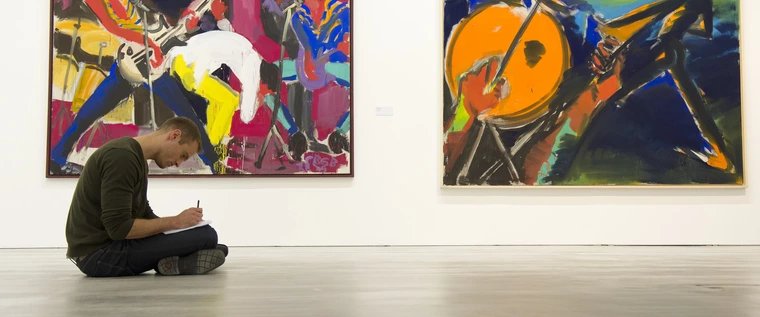
Trickle fields, recumbent cure and beetroot
A look at the history of the village of Blankenfelde is also a look at the history of the city of Berlin, which was only able to grow because it was able to access the resources of the surrounding Brandenburg area.
The acquisition of the former knight's estate by the city of Berlin probably represented the most significant change for the village. Since the end of the 19th century, sewage fields were built around the village to receive the fecal matter from the rapidly growing residential city.
The Blankenfelde city estate had the task of supplying the Berlin population with basic foodstuffs such as milk, meat, fruit and vegetables. In addition, there were tasks within the framework of Berlin's social policy: for decades, the Stadtgut was also a pulmonary sanatorium, a light hospital, and a home for the elderly and refugees.
The newly conceived exhibition section Blankenfelde in the Barnim Nature Park describes the landscape changes, identifies visible and also not immediately recognizable factors influencing the permanently ongoing landscape change.
It turned out that many visitors* use the Stadtgut with the exhibition as a starting point for hikes into the surrounding cultural landscape. With the historical knowledge from the exhibition, they question the current state of the cultural landscape.
As an important infrastructure facility of the city and a city-owned agricultural enterprise, the Stadtgut had a special significance during the First and Second World Wars. The Red Army confiscated the city estate at the end of the war and operated it until 1950 as a "military aid farm" to supply the Soviet garrison in Potsdam.
In the GDR, the estate was state-owned and was repeatedly restructured. Constant modernization, specialization and mechanization of agricultural production were contrasted by increasing inefficiency and ecological consequences for the soil and groundwater that could no longer be overlooked.
In the early 1990s, the former Blankenfelde estate fell into a slumber for years. Wastewater trickling had already ended in 1986, and agriculture came to an end soon after reunification. The former "Volkseigentum" was awarded to the state of Berlin. The estate threatened to fall into disrepair until 2012, when a cooperative was able to renovate the buildings in a manner befitting a historic monument and can now use them as an intergenerational housing project.
The exhibition can be visited during the café operation.
Admission is free.
Additional information
Opening hours
- Monday and Tuesday 14.00 to 18.00
- Friday to Sunday 12.00 to 18.00



